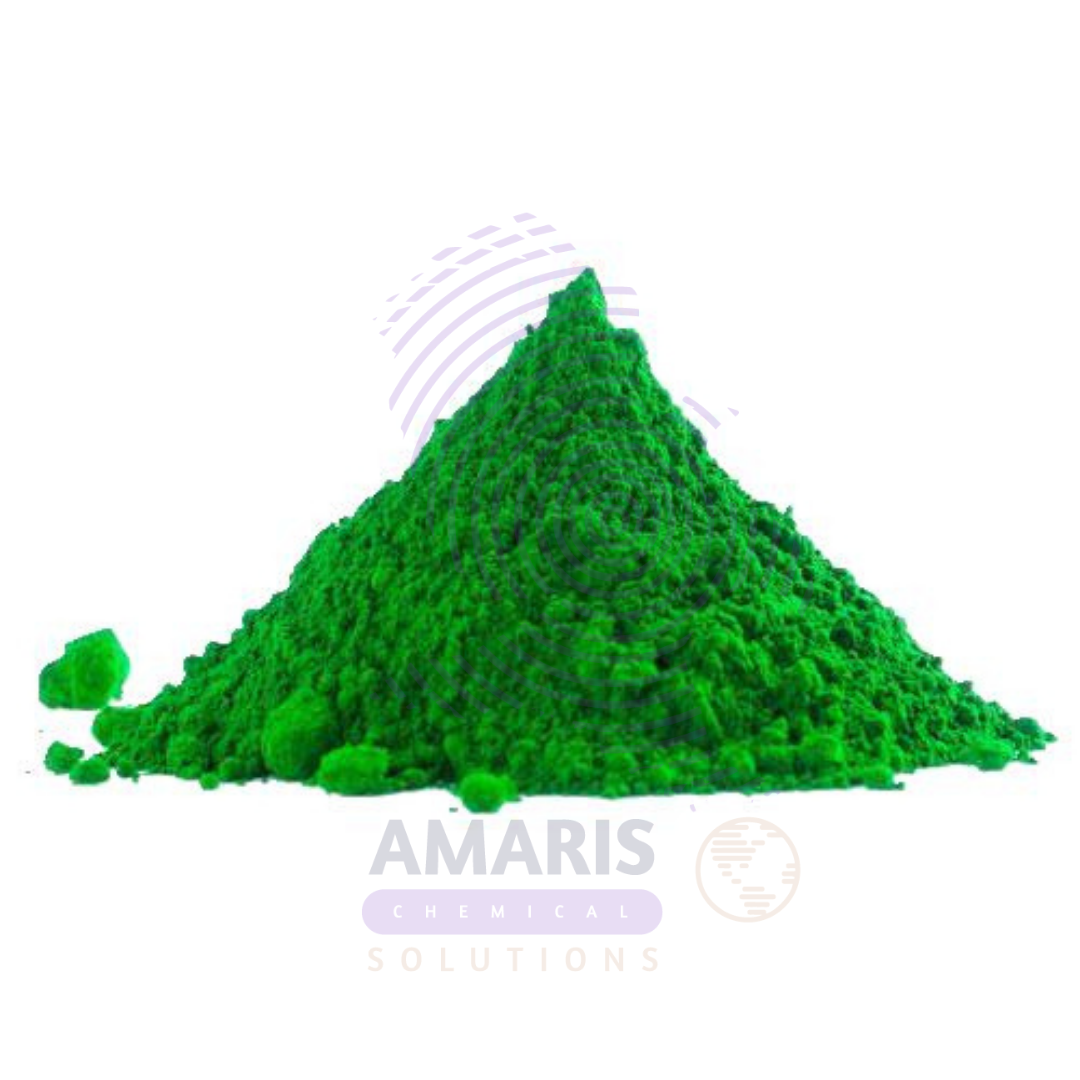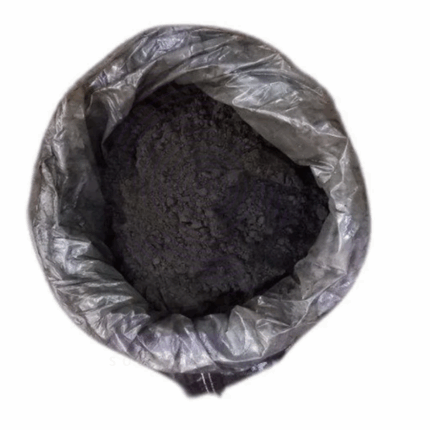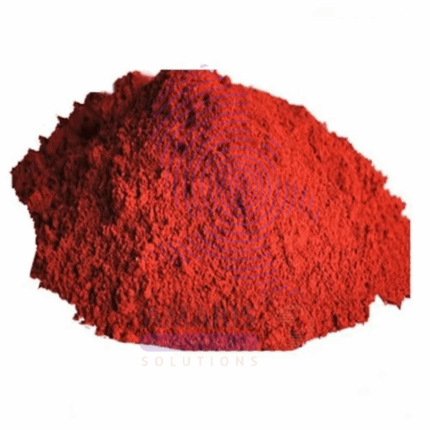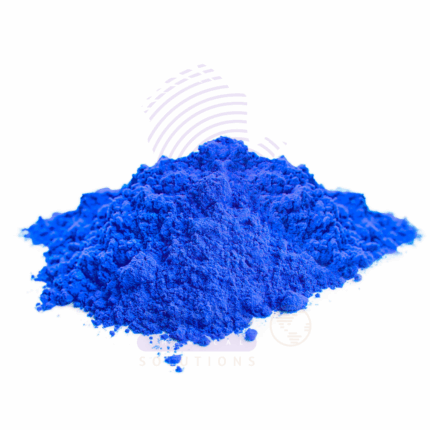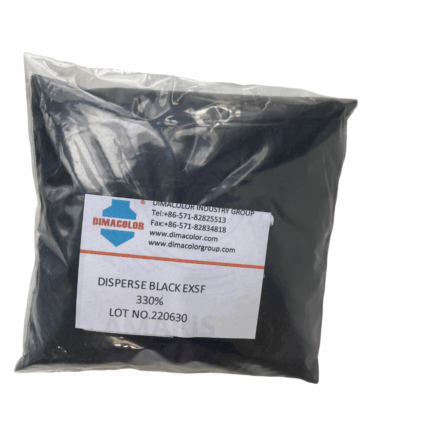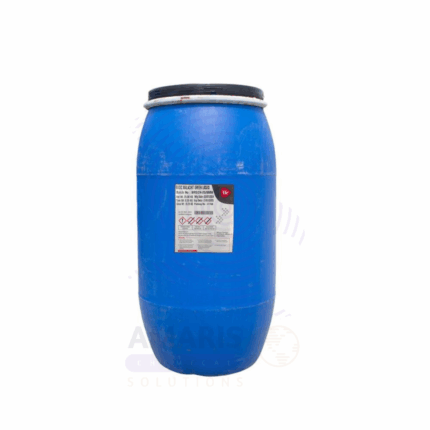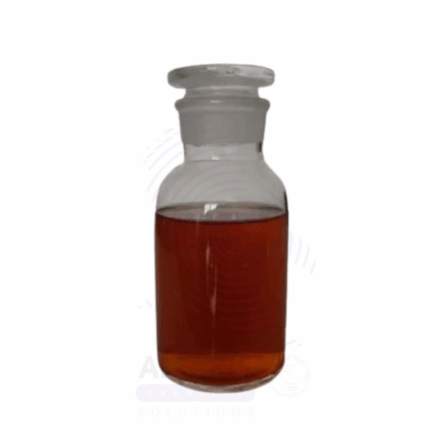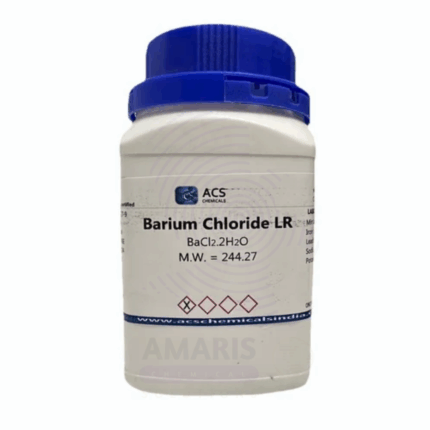
Anhydrous Barium Chloride Extra Pure
$ 19.00 Original price was: $ 19.00.$ 18.67Current price is: $ 18.67.
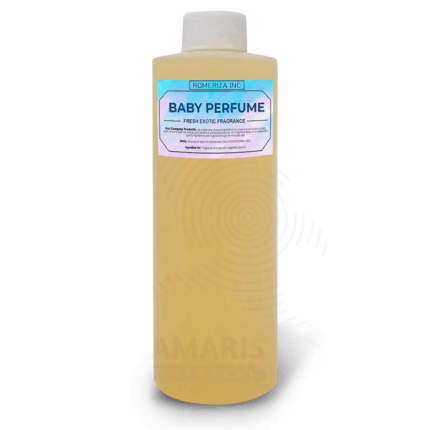
Baby Range Oil Fragrance
$ 18.70 Original price was: $ 18.70.$ 18.62Current price is: $ 18.62.
Apple Green Dye
Whatsapp Order
Apple Green Dye is a synthetic or natural colorant that imparts a vibrant, bright green hue resembling the skin of a fresh green apple. It is available in various forms including powders, liquids, and granules, and can be water-soluble or oil-dispersible depending on its chemical base. This dye is widely used across multiple industries including cosmetics, food and beverage, textiles, and industrial applications to achieve consistent and stable green coloration.
It offers excellent light and heat stability, and when formulated correctly, maintains its brightness across a range of pH levels. Apple Green Dye can be derived from certified colorants for safe use in consumables or from synthetic sources for industrial applications.
Description
Table of Contents
Toggle
Apple Green Dye
Primary Uses
- Cosmetics and Personal Care
- Used in eyeshadows, eyeliners, and nail polishes for vivid green coloration
- Added to soaps, bath bombs, and body washes for attractive, refreshing hues
- Utilized in hair dyes and temporary color sprays
- Blended into lotions, gels, and creams for aesthetic appeal
- Food and Beverage
- Added to candies, confectionery, and icing for bright, appealing green color
- Used in beverages and syrups for visual enhancement
- Applied in bakery items like cupcakes and toppings
- Coloring component in sauces and dairy desserts
- Textile Industry
- Used in dyeing cotton, polyester, rayon, and blended fabrics
- Provides fast-dyeing, high-color yield for garments and home textiles
- Used in tie-dye kits and custom dye applications
- Cleaning and Detergent Products
- Incorporated into liquid detergents, surface cleaners, and dishwashing liquids for appealing product presentation
- Used in toilet blocks, soaps, and gel-based cleaners
- Paints and Coatings
- Used in decorative paints and coatings for household and hobby applications
- Added to specialty coatings requiring vibrant green shades
- Pharmaceutical and Nutraceutical Applications
- Used as a colorant in tablets, capsules, and liquid medicines
- Provides visual differentiation between products and dosages
Secondary Uses
- Art Supplies and Inks
- Used in markers, crayons, and paints for children and artists
- Incorporated into inks for stamps, textiles, and printing
- Plastics and Polymer Products
- Added to molded plastic products for color enhancement
- Used in colored packaging and consumer goods
- Industrial Applications
- Used in colored sealants, resins, and adhesives for visual identification
- Applied in construction compounds and specialty coatings for distinction
KEY PRODUCT FEATURES
1. Basic Identification Attributes
- Common/Trade Name: Apple Green Dye
- CI Name: Varies depending on dye type (e.g., CI 19140 + CI 42090 blend)
- CI Number: Custom blend or single colorant depending on product type
- INCI Name: Varies (e.g., FD&C Yellow No. 5 + Blue No. 1 for food/cosmetic use)
- CAS Number: Varies (based on component dyes; e.g., 1934-21-0 for Yellow No. 5)
- Synonyms: Bright Green Dye, Green Colorant, Apple Dye Green
2. Physical & Chemical Properties
- Physical State: Powder, liquid, or granular form
- Color & Odor: Bright green; odorless or faint characteristic scent
- Solubility: Water-soluble (for most food/cosmetic-grade types); some oil-dispersible variants
- pH Stability: Stable across 3–9 pH range (may vary by formulation)
- Light Stability: Generally good under proper storage
- Shelf Life: 24–36 months under optimal storage
3. Safety & Hazard Attributes
- GHS Classification: May vary; synthetic versions may require labeling
- Toxicity: Non-toxic when used as directed (check regulatory certifications)
- Allergen Information: Generally safe; check source and formulation
- Exposure Limits: Not applicable under normal industrial or cosmetic use
4. Storage & Handling Attributes
- Storage Conditions: Store in a cool, dry place away from light and moisture
- Container Type: Use sealed containers (HDPE or light-blocking packaging)
- Shelf Life: 24–36 months under proper storage
- Handling Precautions: Avoid dust inhalation and skin contact in bulk handling
5. Regulatory & Compliance Attributes
- Approved for use in cosmetics, food, or pharmaceuticals depending on certification
- Food-grade and cosmetic-grade variants must comply with FDA, EU, or relevant national color regulations
- Compliant with global industry standards when certified (e.g., E numbers, FD&C, D&C)
- Not all forms are edible—check grade and documentation before use in consumables
6. Environmental & Health Impact
- Biodegradability: Varies; synthetic dyes may not be readily biodegradable
- Ecotoxicity: Low environmental impact when used as intended
- Bioaccumulation: Not expected
SAFETY HANDLING PRECAUTIONS
Safety Handling Precautions:
- Use gloves and mask when handling in powder form
First Aid Measures
- Inhalation: Move to fresh air; seek medical attention if irritation persists
- Skin Contact: Rinse with water; discontinue use if irritation occurs
- Eye Contact: Flush eyes with water for several minutes
- Ingestion: Seek medical attention; not intended for consumption unless food-grade
Firefighting Measures
- Fire Hazards: May be combustible in powder form
- Extinguishing Media: Foam, dry chemical, CO₂
- Special Precautions: Use PPE and avoid inhaling combustion fumes
- Hazardous Combustion Products: May emit carbon oxides and nitrogen compounds
Related products
Black 5
Black 5, also known as Acid Black 5 or CI 20470, is a synthetic dye commonly used in various industries for its deep, rich black to bluish-black color. It belongs to the azo dye family and is typically supplied as a fine powder or granules in industrial packaging, such as 25kg bags. Black 5 is water-soluble and exhibits excellent stability in acidic conditions, making it ideal for applications in textiles, personal care, and some food and pharmaceutical formulations where permitted.
This dye offers high tinctorial strength, consistent batch-to-batch quality, and compatibility with other dyes for custom blends. It is used both for its standalone dark color and to darken or tone other dye shades.
Bright Red Dye
Bright Red Dye is a high-strength, water-soluble synthetic dye solution designed for vibrant red coloration across various industrial and consumer products. With 20% active dye content, it offers excellent color intensity, easy dispersibility, and compatibility with a wide range of aqueous systems. This versatile dye is widely used in textiles, paper, personal care products, and household cleaning formulations.
Bright Yellow Dye
Bright Yellow Dye is a high-strength, water-soluble synthetic dye solution designed for vibrant red coloration across various industrial and consumer products. With 20% active dye content, it offers excellent color intensity, easy dispersibility, and compatibility with a wide range of aqueous systems. This versatile dye is widely used in textiles, paper, personal care products, and household cleaning formulations.
Brilliant Blue Dye
Brilliant Blue Dye is a synthetic acid dye known for its bright, vibrant blue coloration and excellent affinity for protein fibers such as wool, silk, and nylon. It is highly soluble in water under acidic conditions, delivering uniform and vivid dyeing results. This dye is widely used in textile dyeing, leather processing, and specialty applications requiring stable and durable blue shades. Brilliant Blue Dye exhibits excellent fastness to washing, light, and perspiration, making it ideal for high-quality fabric and leather products.
Disperse Black
Disperse Black is a synthetic dye belonging to the class of disperse dyes, primarily used for dyeing hydrophobic fibers such as polyester, nylon, acetate, and other synthetic textiles. It is characterized by its fine particle size, high tinctorial strength, excellent fastness properties (wash, light, and rubbing), and ability to produce deep, uniform black shades. Disperse Black dyes are water-insoluble and applied in aqueous dispersion form during high-temperature dyeing processes. These dyes are favored in the textile industry for their vibrant colors and durability.
Ethyl Glycol Acetate
Ethyl Glycol Acetate, also known as 2-Ethoxyethyl acetate, is a clear, colorless liquid solvent with a mild, sweet, and slightly fruity odor. It belongs to the family of glycol ethers and esters, combining excellent solvency power with moderate evaporation rates. This makes it highly suitable for use in coatings, inks, adhesives, and cleaning formulations where good solvency and controlled drying times are desired. Ethyl Glycol Acetate is compatible with a wide range of resins, including nitrocellulose, alkyd, acrylic, and vinyl resins, making it a versatile industrial solvent. Its balanced physical properties allow for efficient thinning, cleaning, and dissolution without rapid evaporation or harsh odors.
Malachite Green
Malachite Green is a synthetic organic compound classified as a triarylmethane dye. It appears as a green crystalline powder with a brilliant metallic sheen and is highly soluble in water and alcohol. While originally developed as a textile dye, Malachite Green is widely used in aquaculture, microbiology, and histology due to its antifungal, antibacterial, and staining properties. It is typically available in two forms: the oxalate and hydrochloride salts. Although effective in many industrial and biological applications, its use in food and veterinary contexts is restricted or banned in several countries due to toxicity concerns.
Turkey Red Oil Sulphated Castor Oil
Turkey Red Oil Sulphated Castor Oil, also known as Sulphated Castor Oil, is a water-soluble derivative of castor oil produced by the sulfonation of castor oil. It appears as a viscous, amber to dark brown liquid with excellent emulsifying, detergent, and wetting properties. Turkey Red Oil is widely used as a natural surfactant and emulsifier in various industrial and personal care applications. It is known for its biodegradability, mildness, and ability to stabilize oil-in-water emulsions. Traditionally used in textile processing as a softener and lubricant, it now finds broad usage in cosmetics, detergents, leather processing, and cleaning products due to its unique functional attributes.


 Preservatives(food)
Preservatives(food) Flavor Enhancers
Flavor Enhancers Acidulants
Acidulants Sweeteners
Sweeteners Antioxidants
Antioxidants Colorants(food)
Colorants(food) Nutraceutical Ingredients (food)
Nutraceutical Ingredients (food) Nutrient Supplements
Nutrient Supplements Emulsifiers
Emulsifiers
 Collectors
Collectors Dust Suppressants
Dust Suppressants Explosives and Blasting Agents
Explosives and Blasting Agents Flocculants and Coagulants
Flocculants and Coagulants Frothers
Frothers Leaching Agents
Leaching Agents pH Modifiers
pH Modifiers Precious Metal Extraction Agents
Precious Metal Extraction Agents
 Antioxidants(plastic)
Antioxidants(plastic) Colorants (Pigments, Dyes)
Colorants (Pigments, Dyes) Fillers and Reinforcements
Fillers and Reinforcements Flame Retardants
Flame Retardants Monomers
Monomers Plasticizers
Plasticizers Polymerization Initiators
Polymerization Initiators Stabilizers (UV, Heat)
Stabilizers (UV, Heat)
 Antifoaming Agents
Antifoaming Agents Chelating Agents
Chelating Agents Coagulants and Flocculants
Coagulants and Flocculants Corrosion Inhibitors
Corrosion Inhibitors Disinfectants and Biocides
Disinfectants and Biocides Oxidizing Agents
Oxidizing Agents pH Adjusters
pH Adjusters Scale Inhibitors( water)
Scale Inhibitors( water)
 Antioxidants(cosmetic)
Antioxidants(cosmetic) Emollients
Emollients Fragrances and Essential Oils
Fragrances and Essential Oils Humectants
Humectants Preservatives
Preservatives Surfactants(cosmetic)
Surfactants(cosmetic) Thickeners
Thickeners UV Filters
UV Filters
 Fertilizers
Fertilizers Soil Conditioners
Soil Conditioners Plant Growth Regulators
Plant Growth Regulators Animal Feed Additives
Animal Feed Additives Biostimulants
Biostimulants Pesticides (Herbicides, Insecticides, Fungicides)
Pesticides (Herbicides, Insecticides, Fungicides)
 Active Pharmaceutical Ingredients (APIs)
Active Pharmaceutical Ingredients (APIs) Excipients
Excipients Solvents(pharmaceutical)
Solvents(pharmaceutical) Antibiotics
Antibiotics Antiseptics and Disinfectants
Antiseptics and Disinfectants Vaccine Adjuvants
Vaccine Adjuvants Nutraceutical Ingredients (pharmaceutical)
Nutraceutical Ingredients (pharmaceutical) Analgesics & Antipyretics
Analgesics & Antipyretics
 Analytical Reagents
Analytical Reagents Solvents(lab)
Solvents(lab) Chromatography Chemicals
Chromatography Chemicals Spectroscopy Reagents
Spectroscopy Reagents microbiology-and-cell-culture-reagents
microbiology-and-cell-culture-reagents Molecular Biology Reagents
Molecular Biology Reagents Biochemical Reagents
Biochemical Reagents Inorganic and Organic Standards
Inorganic and Organic Standards Laboratory Safety Chemicals
Laboratory Safety Chemicals Specialty Laboratory Chemicals(Special Laboratory Equipment)
Specialty Laboratory Chemicals(Special Laboratory Equipment)
 Demulsifiers
Demulsifiers Hydraulic Fracturing Fluids
Hydraulic Fracturing Fluids Scale Inhibitors(oil)
Scale Inhibitors(oil) Surfactants(oil)
Surfactants(oil) Drilling Fluids
Drilling Fluids
 Dyes and Pigments
Dyes and Pigments Bleaching Agents
Bleaching Agents Softening Agents
Softening Agents Finishing Agents
Finishing Agents Antistatic Agents
Antistatic Agents
 Admixtures
Admixtures Waterproofing Agents
Waterproofing Agents Sealants and Adhesives
Sealants and Adhesives Curing Compounds
Curing Compounds Concrete Repair Chemicals
Concrete Repair Chemicals Anti-Corrosion Coatings
Anti-Corrosion Coatings
 Surfactants(cleaning)
Surfactants(cleaning) Builders
Builders Enzymes
Enzymes Solvents (Cleaning)
Solvents (Cleaning) Fragrances
Fragrances
 Electronic Chemicals
Electronic Chemicals Catalysts
Catalysts Lubricants
Lubricants Photographic Chemicals
Photographic Chemicals Refrigerants
Refrigerants Automotive chemicals
Automotive chemicals Pyrotechnic Chemicals
Pyrotechnic Chemicals
 Biodegradable Surfactants
Biodegradable Surfactants Bio-based Solvents
Bio-based Solvents Renewable Polymers
Renewable Polymers Carbon Capture Chemicals
Carbon Capture Chemicals Wastewater Treatment Chemicals
Wastewater Treatment Chemicals
 Pigments
Pigments Solvents(paint)
Solvents(paint) Specialty Coatings
Specialty Coatings Binders/Resins
Binders/Resins Additives
Additives Driers
Driers Anti-Corrosion Agents
Anti-Corrosion Agents Functional Coatings
Functional Coatings Application-Specific Coatings
Application-Specific Coatings
 Fresh Herbs
Fresh Herbs Ground Spices
Ground Spices Whole Spices
Whole Spices Spice Blends
Spice Blends Dried Herbs
Dried Herbs
 Leavening Agents
Leavening Agents Dough Conditioners
Dough Conditioners Flour Treatments
Flour Treatments Fat Replacers
Fat Replacers Decoratives
Decoratives Preservatives(baking)
Preservatives(baking)
 Plasticizers & Softeners
Plasticizers & Softeners Reinforcing Agents
Reinforcing Agents Adhesion Promoters
Adhesion Promoters Vulcanizing Agents
Vulcanizing Agents Antidegradants
Antidegradants Blowing Agents
Blowing Agents Fillers & Extenders
Fillers & Extenders Accelerators & Retarders
Accelerators & Retarders